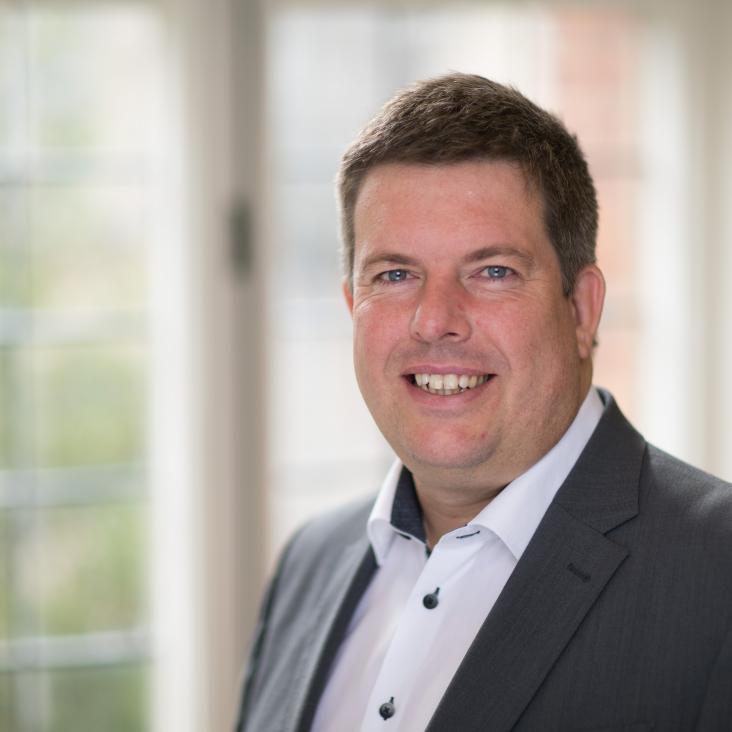Quantum interference between photo-excited states in a solid-state Mott insulator
Lasers and Electro-Optics/Quantum Electronics and Laser Science Conference: 2010 Laser Science to Photonic Applications, CLEO/QELS 2010 (2010)
Abstract:
By exciting with sub-10-fs 1.6-μm pulses the quasi-one-dimensional Mott insulator ETF2TCNQ, we observe prompt collapse of the Mott gap modulated by 24-THz oscillations of the gap, which are assigned to quantum interference between holon-doublon excitations. © 2010 Optical Society of America.Comparing phonon dephasing lifetimes in diamond using Transient Coherent Ultrafast Phonon Spectroscopy
Diamond and Related Materials 19:10 (2010) 1289-1295
Abstract:
Transient Coherent Ultrafast Phonon Spectroscopy (TCUPS) is utilized to study phonon dephasing lifetimes in various diamond types. Samples of natural, chemical vapour deposited, and high pressure high temperature diamond are compared showing significant differences. Dephasing mechanisms are discussed. © 2010 Elsevier B.V. All rights reserved.Dynamical simulations of classical stochastic systems using matrix product states
Physical Review E 82:3 (2010) 036702
Abstract:
We adapt the time-evolving block decimation (TEBD) algorithm, originally devised to simulate the dynamics of one-dimensional quantum systems, to simulate the time evolution of nonequilibrium stochastic systems. We describe this method in detail; a system’s probability distribution is represented by a matrix product state (MPS) of finite dimension and then its time evolution is efficiently simulated by repeatedly updating and approximately refactorizing this representation. We examine the use of MPS as an approximation method, looking at parallels between the interpretations of applying it to quantum state vectors and probability distributions. In the context of stochastic systems we consider two types of factorization for use in the TEBD algorithm: non-negative matrix factorization (NMF), which ensures that the approximate probability distribution is manifestly non-negative, and the singular value decomposition (SVD). Comparing these factorizations, we find the accuracy of the SVD to be substantially greater than current NMF algorithms. We then apply TEBD to simulate the totally asymmetric simple exclusion process (TASEP) for systems of up to hundreds of lattice sites in size. Using exact analytic results for the TASEP steady state, we find that TEBD reproduces this state such that the error in calculating expectation values can be made negligible even when severely compressing the description of the system by restricting the dimension of the MPS to be very small. Out of the steady state we show for specific observables that expectation values converge as the dimension of the MPS is increased to a moderate size.Quantum memory in an optical lattice
Physical Review A - Atomic, Molecular, and Optical Physics 82:2 (2010)
Abstract:
Arrays of atoms trapped in optical lattices are appealing as storage media for photons, since motional dephasing of the atoms is eliminated. The regular lattice is also associated with band structure in the dispersion experienced by incident photons. Here we study the influence of this band structure on the efficiency of quantum memories based on electromagnetically induced transparency (EIT) and on Raman absorption. We observe a number of interesting effects, such as both reduced and superluminal group velocities, enhanced atom-photon coupling, and anomalous transmission. These effects are ultimately deleterious to the memory efficiency, but they are easily avoided by tuning the optical fields away from the band edges. © 2010 The American Physical Society.Entanglement consumption of instantaneous nonlocal quantum measurements
New Journal of Physics 12 (2010)


